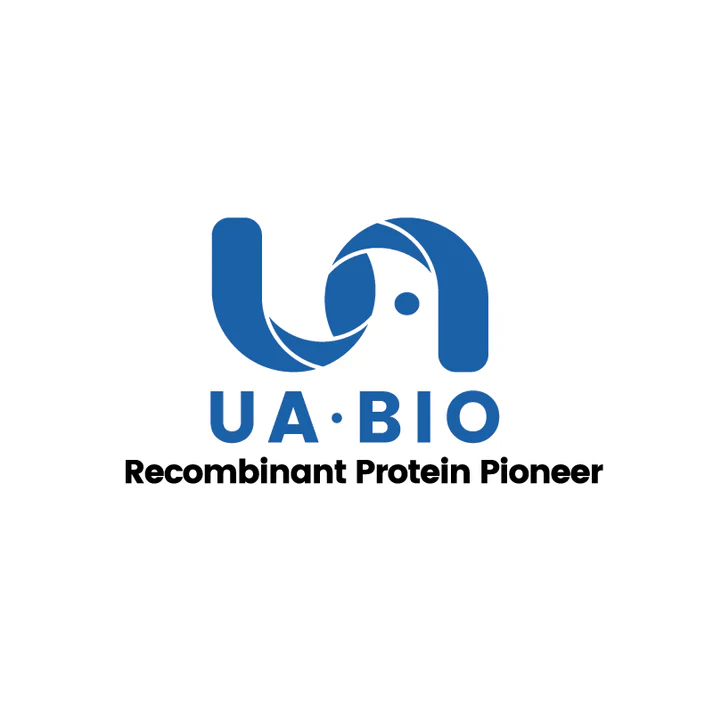1μg (R: reducing condition, N: non-reducing condition).
Product Details
Product Details
Product Specification
| Species | Human |
| Synonyms | ERF3A;eRF3aFLJ38048;ETF3A;eukaryotic peptide chain release factor GTP-binding subunit ERF3A;Eukaryotic peptide chain release factor subunit 3a;FLJ39067;G1 to S phase transition 1,551G9.2;G1 to S phase transition protein 1 homolog;GST1 |
| Accession | P15170-1 |
| Amino Acid Sequence | Phe294-Asp499, with C-terminal GST&His |
| Expression System | Baculovirus-InsectCells |
| Molecular Weight | 51kDa (Reducing) |
| Purity | >85% by SDS-PAGE |
| Endotoxin | <0.1EU/μg |
| Conjugation | Unconjugated |
| Physical Appearance | Liquid |
| Storage Buffer | 50mM Tris, 20mM GSH, 5%Glycerol, pH8.0 |
| Stability & Storage | · 12 months from date of receipt, lyophilized powder stored at -20 to -80℃. · 3 months, -20 to -80℃ under sterile conditions after reconstitution. · 1 week, 2 to 8℃ under sterile conditions after reconstitution. · Please avoid repeated freeze-thaw cycles. |
| Reference | Cell. 2016 Nov 17;167(5):1229-1240.e15. |
Background
GSPT1/ERF3A mediates ETF1/ERF1 delivery to stop codons: The eRF1-eRF3-GTP complex binds to a stop codon in the ribosomal A-site.GTP hydrolysis by GSPT1/ERF3A induces a conformational change that leads to its dissociation, permitting ETF1/ERF1 to accommodate fully in the A-site. Binding of eRF1, eRF3, and GTP to pretermination complexes first induces a structural rearrangement that is manifested as a 2 nucleotide forward shift of the toeprint attributed to pretermination complexes that leads to GTP hydrolysis followed by rapid hydrolysis of peptidyl tRNA.
Picture
Picture
SDS-PAGE


